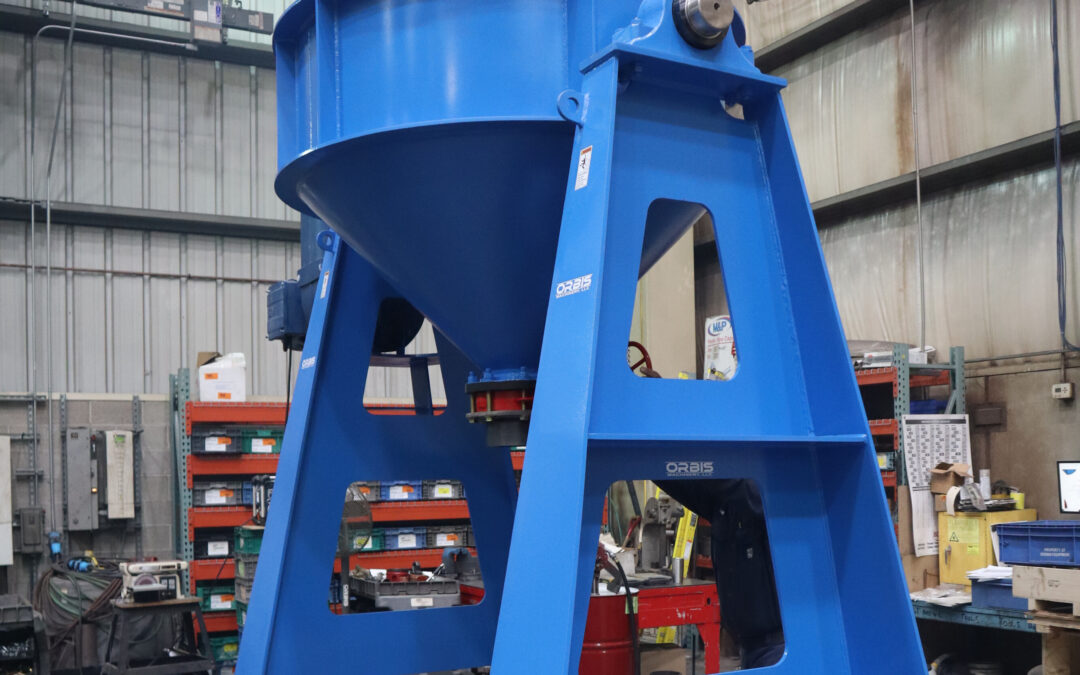Particle size reduction is a fundamental process that finds application in various industries and scientific fields. By breaking down large particles into smaller ones, it offers several advantages, including improved solubility, enhanced reactivity, better mixing, increased surface area, and easier handling. We will delve into the concept of particle size reduction, the methods used to achieve it, and the diverse applications across different industries.
Understanding Particle Size Reduction
Defined
Particle size reduction refers to the process of reducing the size of solid particles to a smaller, more manageable scale. This process has gained prominence in various industries due to the numerous benefits it offers.
Reasons
- Improved Solubility: Smaller particles tend to dissolve more rapidly. In industries like pharmaceuticals, this means that drugs can be formulated to dissolve quickly in the body, ensuring better efficacy.
- Enhanced Reactivity: Smaller particles have a larger surface area relative to their volume, making them more likely to engage in chemical reactions. This is valuable in chemical manufacturing and catalysis.
- Improved Mixing: Uniform particle size facilitates better mixing, ensuring homogeneity in products such as food and cosmetics.
- Increased Surface Area: Smaller particles expose more surface area, which is beneficial for processes like adsorption, where the surface area available for adsorbents matters.
- Easier Handling: Reducing particle size often simplifies storage and transportation. In the mining industry, for example, smaller particles are easier to handle and transport.
Methods of Particle Size Reduction
CRUSHING
Crushing Defined: Crushing is the process of applying a force to break down solid particles into smaller pieces. This method is used in various industries, including mining and construction.
Advantages of Crushing:
- Quick and efficient.
- Well-suited for hard and brittle materials.
- Versatile and can handle a wide range of particle sizes.
Limitations of Crushing:
- It may not be suitable for materials with low brittleness.
- Energy-intensive, which can result in high operating costs.
MILLING
Milling Defined: Milling is a mechanical process that breaks down materials into smaller sizes by subjecting them to mechanical forces. It is frequently employed in the ceramic, specialty chemicals, pharmaceutical and food industries.
Advantages of Milling:
- Allows for controlled size reduction.
- Produces narrow particle size distributions.
- Effective for materials with a broad range of hardness.
- Precise control over particle size.
- Effective for producing fine powders.
- Can be used for materials with different hardness levels.
Limitations of Milling:
- Equipment and maintenance costs can be high.
- Unable to produce sub-micron particle sizes
PULVERIZATION
Pulverization Defined: Pulverization is the process of reducing materials to fine particles or powders using mechanical forces. This method is often used in the plastics and chemical industries.
Advantages of Pulverization:
- Creates extremely fine particles.
- Suitable for materials that are difficult to crush or grind.
- Can produce consistent particle sizes.
Limitations of Pulverization:
- High energy consumption.
- Equipment wear and maintenance.
- Dust generation, which can be a concern in certain industries.
Applications
Particle size reduction plays a crucial role in a wide range of industries and applications:
- Pharmaceuticals: Particle size reduction is essential for drug formulation, as it improves drug solubility and bioavailability.
- Food Industry: It enhances the processing of food products and influences the quality of ingredients like spices and cocoa.
- Chemical Manufacturing: Particle size reduction is employed to increase the reactivity of reactants, making chemical processes more efficient.
- Mining and Minerals: In ore processing and material extraction, particle size reduction is integral to separating valuable minerals from waste.
Challenges and Innovations
Particle size reduction is not without its challenges. It often demands high energy consumption and can lead to equipment wear. However, innovative technologies, such as nanotechnology and advanced equipment, are continually evolving to address these issues. Nanotechnology, in particular, has opened up exciting possibilities for precision and control in processes.
Summary
Particle size reduction is a critical process with wide-reaching applications. Whether it’s in the pharmaceuticals, food, chemicals, or mining industries, understanding and optimizing this process can lead to improved product quality, increased efficiency, and even the development of groundbreaking technologies. As industries continue to evolve, particle size reduction remains a cornerstone of innovation and progress. Consider the applications of particle size reduction in your field and explore new methods and technologies to harness its full potential.



